It all started with a Canon A1 I picked up from my dealer for $20 a few years ago. And – I almost don’t dare to say – ended trying out 85 different analog cameras, shooting a few films with each of them! I may have suffered a severe case of GAS (gear acquisition syndrome), but hey, I enjoyed every moment of my journey!
The quest for the right analog camera feel and great pictures
Shooting analog has one big advantage – or disadvantage – depending on how you look at it: You cannot see your picture immediately. For me, this means I have to think about exposure and composition, etc. much more than I would with digital. I need very good and easy control of the camera. AE Lock, Spot metering, comprehensive finder information, ergonomics of setting aperture and shutter get more important.
In addition, a camera should not get in the way of my workflow: I should be able to read and change settings easily, without my subject getting out of sight.
What surprised me on my journey is that only a few of the 85 cameras I tried DO support my workflow really well. I discovered some little-known camera gems which are great, while the obvious choices rather disappointed me – more about that below …
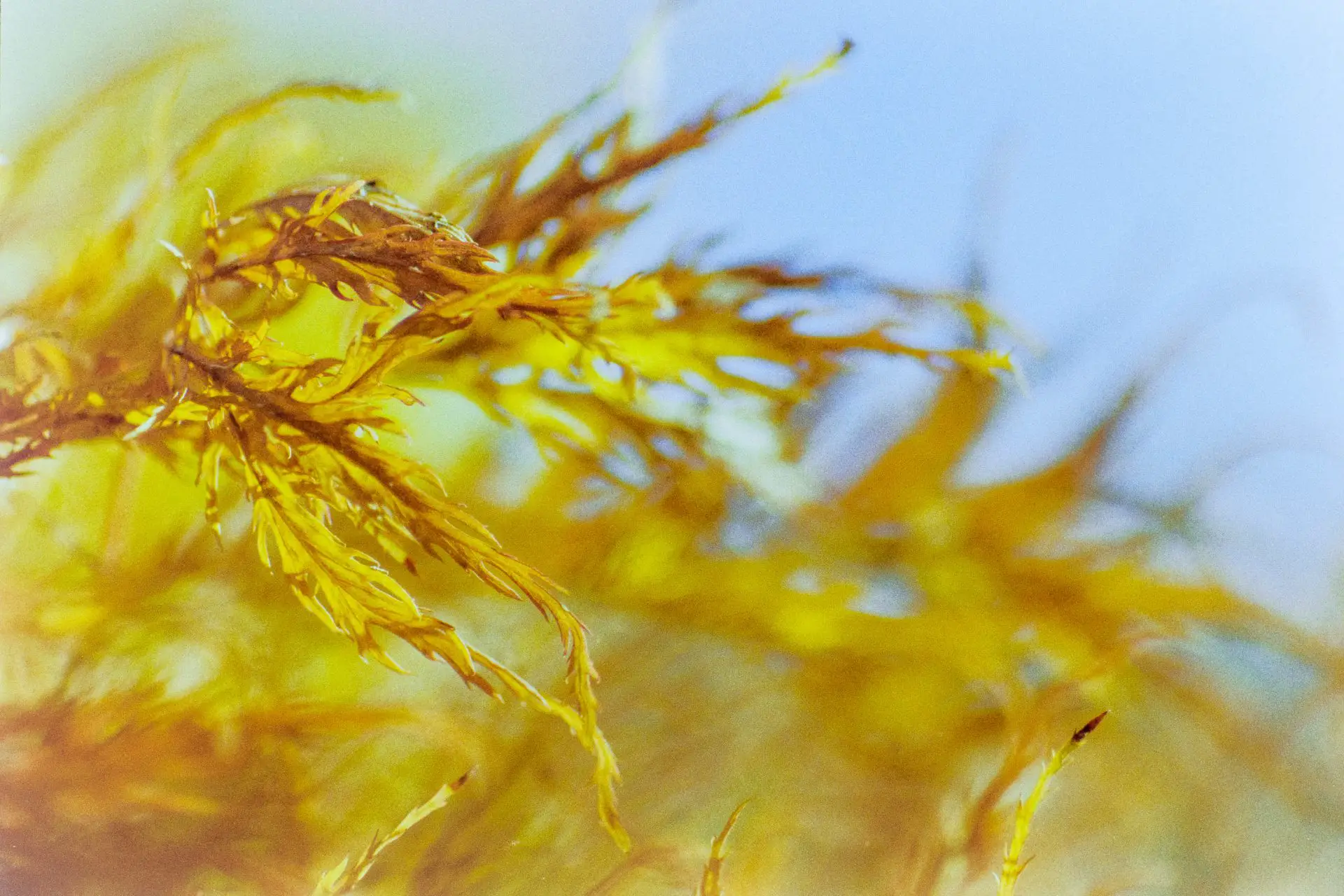
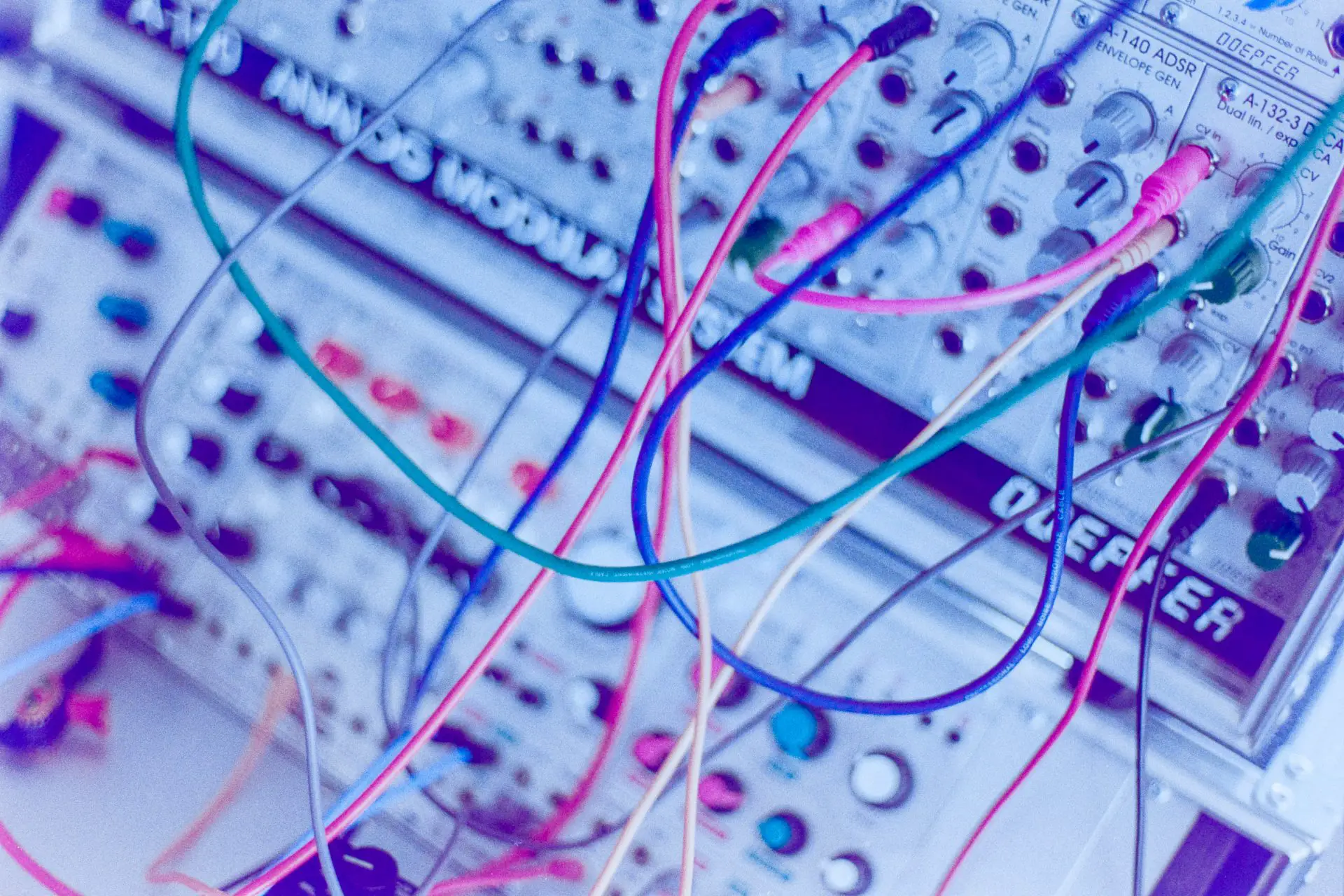
Choice of format: 35mm or medium format, compact or SLR?
When shooting analog, I want to achieve results that are different from digital. I want a distinct look: grittier, softer colors, more vintage flair. Therefore, 35mm is ideal in my opinion. It offers good image quality, but the grain and strong enlargement define the look.
Which means that I will probably never use my beautiful Hasselblad medium format camera anymore: The scanned pictures of it are simply too perfect for me – not what I see as “analog” enough!
What about compact vs. SLR cameras? I clearly opted for the SLR. The better compact cameras are totally overpriced, average compacts are cheaply made and fail more often than the SLRs (my experience…) and are harder to repair (the most expensive Contax Ts are even unrepairable!). Moreover, I simply like the increased control of an SLR finder better.
Meeting my childhood hero
As mentioned above, I started with Canon A1 I got for $20 with a 1.8 50mm lens (no joke, they were really cheap 5 years ago!). It is the dream camera of my youth, but although my hopes were high, I was a bit disappointed. It is rather awkward to use because it does not support metered manual mode well due to minimal finder information. And I like setting the aperture on the lens, not on the camera… It may be a fine camera for casual shooters, and it has this great classic SLR looks, but it does not offer the smooth control I was expecting. Therefore, I started trying out all the other camera heroes of the 70s and 80s…
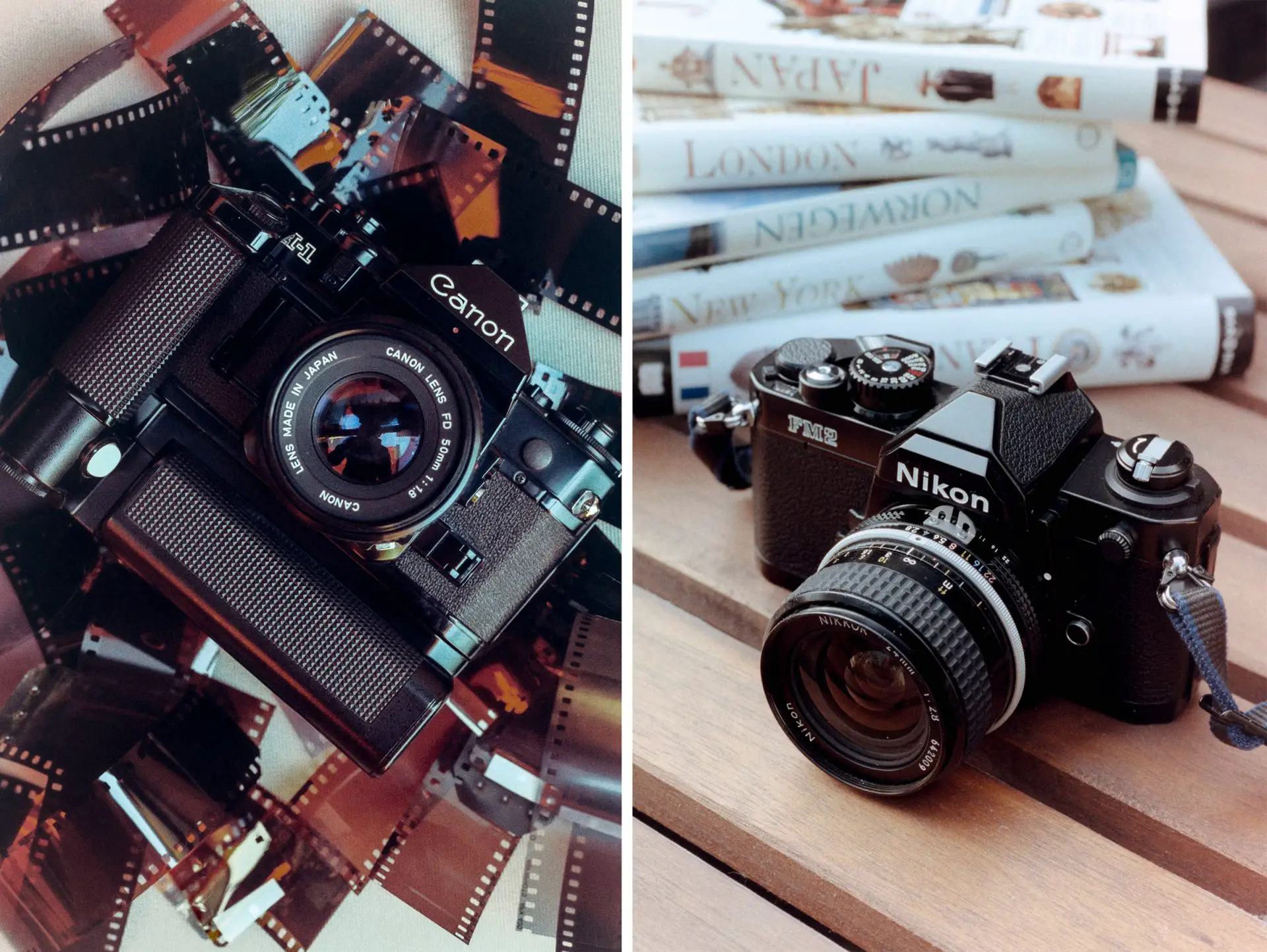
Some highlights and fails of finding my perfect camera
After trying the other Canons without much more success (AE-1 may have been a good value choice in 1978, but it’s relatively expensive and very limited today…), I went into Canons two big competitors of the day… Nikon and Minolta. I remembered that I have a very nice Minolta XD7 lying around in the attic. It is a very slick, small camera with a beautifully bright finder. Unfortunately, the metering was jumping wildly in the finder. A case for the bin?
Thanks to the internet I learned very quickly that this is typical for old Minoltas and due to a corroded ISO wheel. Turning the dial a few times usually calms down the meter to usable levels. I tried it and the XD7 started working perfectly! But while I enjoyed it more than the Canon due to better finder info and classic dial layout, it has no AE lock, which forces me to use the exposure compensation in automatic mode. No way to do this while looking through the camera, breaking my workflow again. But I still like and cherish the XD7 anyway… So I tried an X-700 which has AE-lock. It feels much cheaper than the XD7 and I did not like it too much.
Next, I jumped on the Nikon bandwagon, trying the very similar FA, FM and FE models. They are beautifully solid and well-made cameras and still available cheaply (tip: FE/FMs are not much different from FE2/FM2 but much cheaper). There is not much to fault on the Nikons apart from one thing I will never understand: The damn on/off switch! You must flip the film transport lever out to switch on the camera. This may sound great, but you will start thinking twice once you use the camera in portrait orientation and the lever pokes right into your eye. I do not like the LCD finders of the FA and F3, but I guess that is a matter of preference. The FE/FE2 are my top pick, for those who only need metered manual mode the FM/FM2 are great, too!
Because I have a soft spot for the more “alternative” brands, I started looking at Contax, Leica, Pentax and Olympus. The Olympus OM-1 and OM-2 have wonderful finders, are very small and somehow similar to Nikon FM and FE. However, despite their huge finder, they offer very limited finder information, especially not displaying the set time as well as the shutter speed. I prefer to keep my eye on the finder when changing settings and therefore the Olympus SLRs do not make the cut for me. Most Pentax models have a similar problem, except for the Pentax LX, which is a beautiful camera but lacks the AE lock I cherish so much. The MX was another option: It is very small, has a great finder but for me it’s somehow lacking auto-exposure.
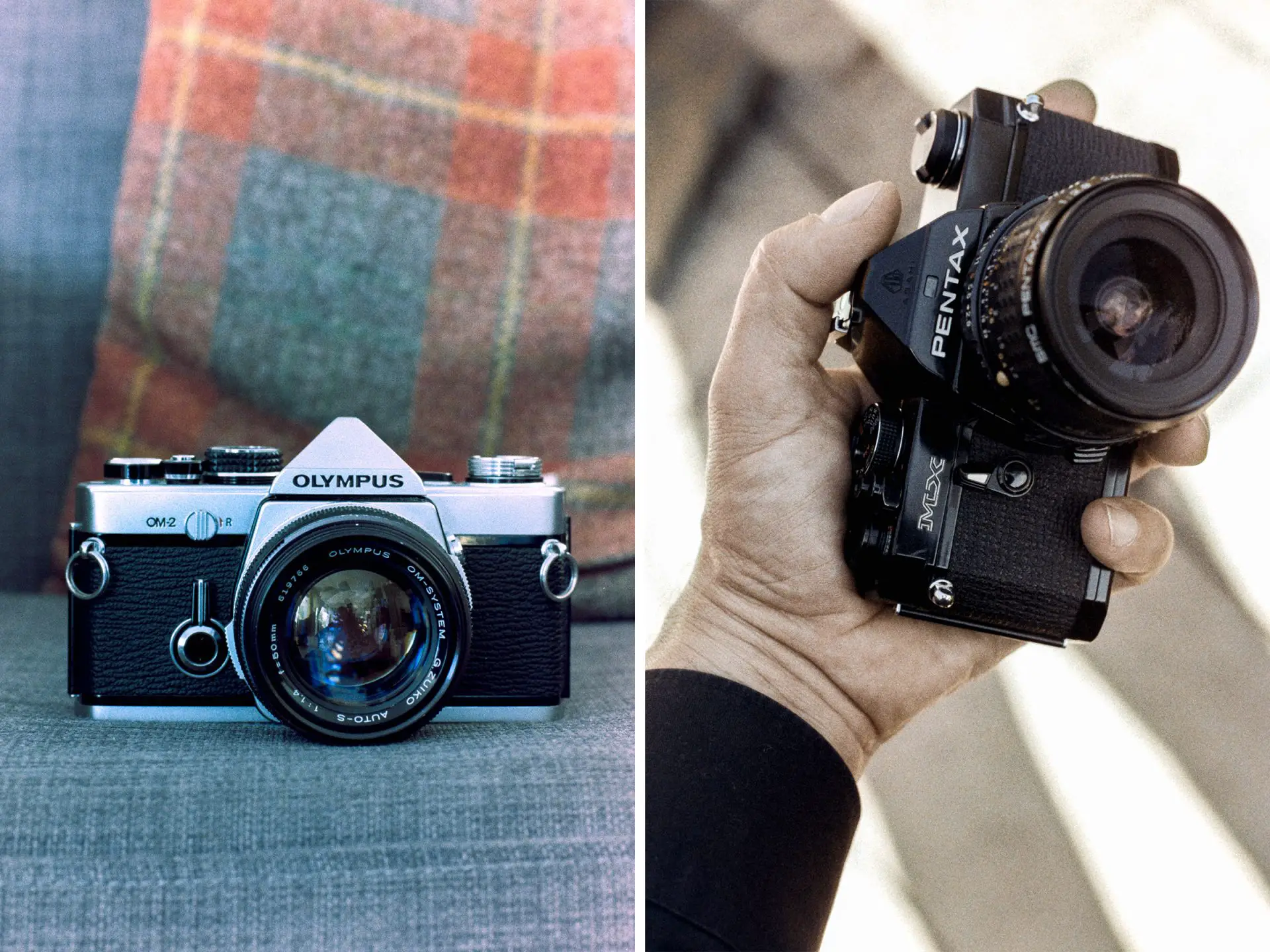
So, am I too picky? Is there no camera that fulfills my wishes? I looked on…
… and found Contax. It was kind of an elitist brand in the past, with its Porsche design and horribly expensive Zeiss lenses. But today, most Contax cameras can bought for the same money as Canon and Nikon cameras. The lenses are a bit more expensive than Nikon lenses, but to start, you can use the cheap but good Yashica lenses as well!
There are many different models, but even the cheapest Contax 139, which costs roughly $30 today, ticks all my boxes: It has a great finder with all the relevant information, it has a very clean layout of dials, it has AE lock and it is very nice to use in metered manual as well. Some people have doubts about the reliability of Contax cameras because Contax used a lot of electronics early on. I tested all Contax models and never had much of a problem. Maybe I was just lucky… However, there are a few models to avoid: The RTS III, although being the most expensive, has failing electronics (condensers with 15 year shelf life all fail now…) and you are incredibly lucky if you find a fully working one. The 159 and original RTS seem to be a bit shaky, too. I suggest sticking with 139 and 137 (both cheap!) or the RX/ST/Aria. I have shot many films with them without a problem and even own multiple RX because I like it so much …
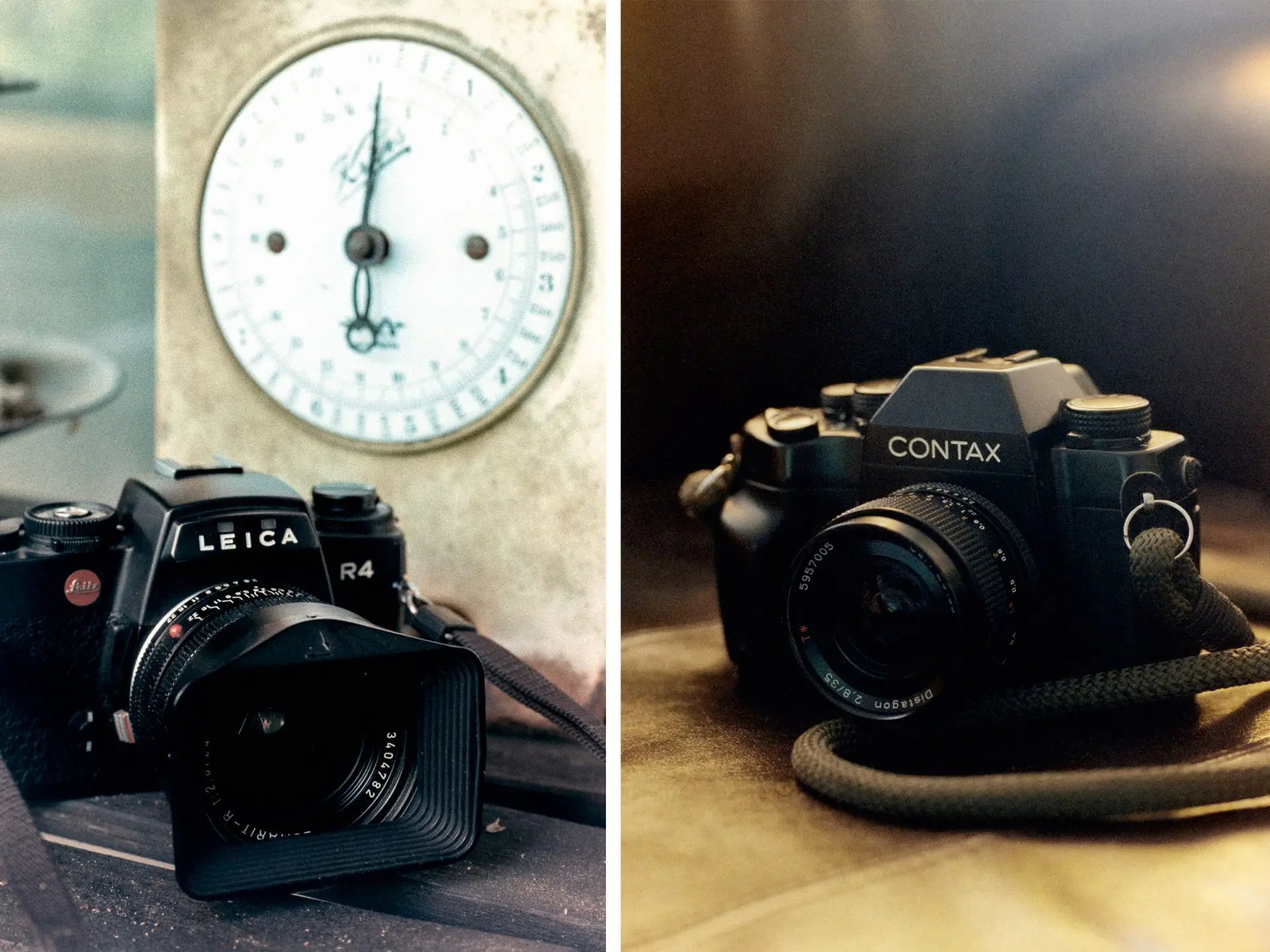
I also tried the various Leica models and like the Leica R4 very much. It‘s rather cheap for a Leica at roughly $100. Although it is a Minolta XD7 in luxury disguise, it has none of the XD7 shortcomings: It has an AE lock and even offers spot metering, which is very valuable for analog shooters. The biggest problem with the Leica is the price of the lenses. You will not get anything below $250. And according to my humble tests, the Leica R lenses are not that exceptional either, they cannot be compared to the magnificent Leica M lenses in most cases.
Last but not least, I ventured into the more recent analog camera models from the 90s. I call them “plastic fantastic” cameras, but despite the exaggerated use of plastic and small pushbuttons, there are some cameras from this period that are great shooters fulfilling my workflow requirements: The Canon 600 for example, will cost you $15 and is exceptionally smooth and efficient. Or the Nikon F90 for roughly $40, with its great large finder. Or the Canon EOS 3, maybe the most advanced analog camera ever made. I even like the futuristic Minolta 9xi very much, although it was quite a failure in its time. However, while they all are good at achieving my goal to get great analog pictures, I do not enjoy using them so much – they simply feel too much like a digital camera and miserably fail in the “analog experience” department.
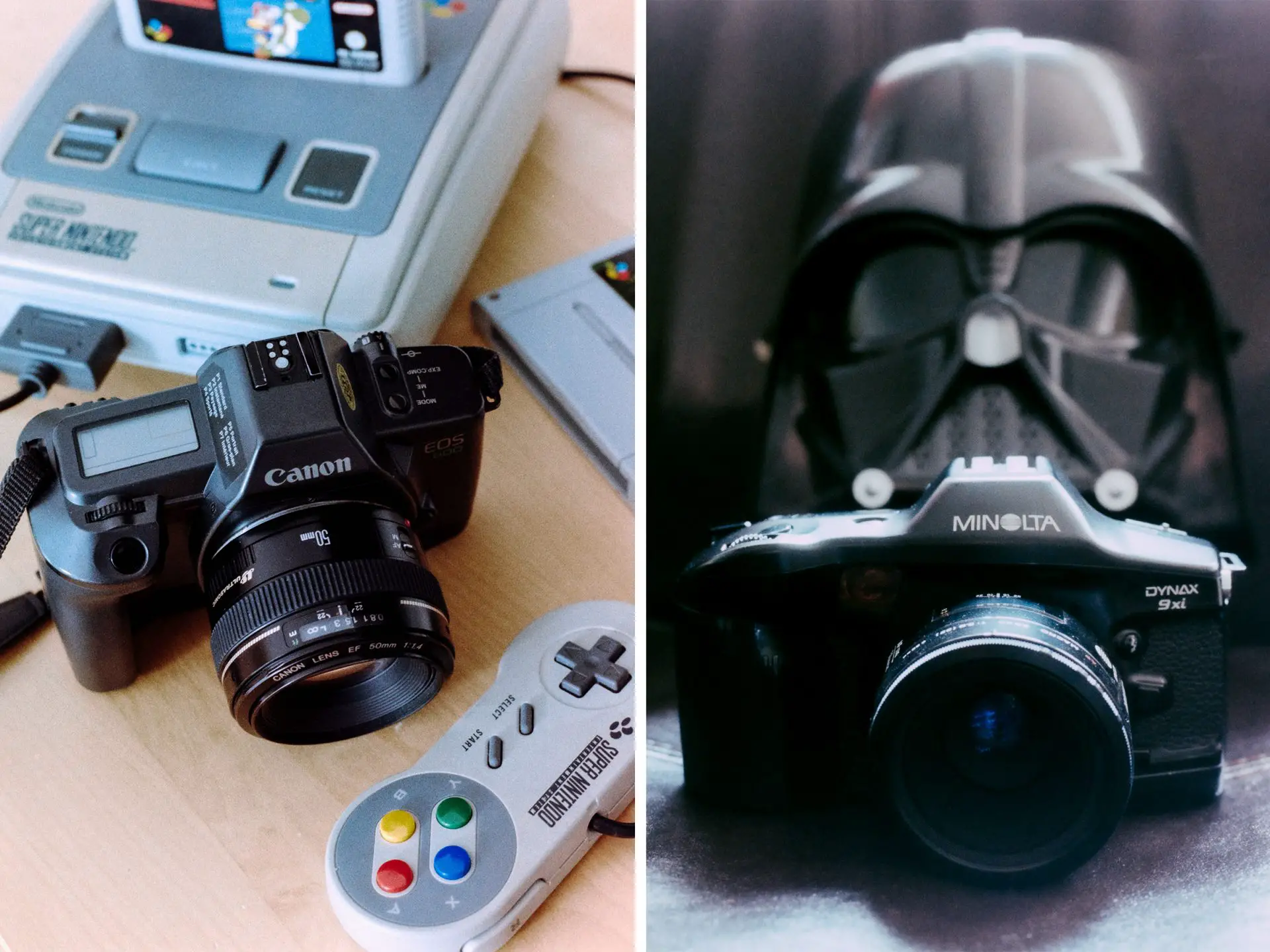
An experience to write a book about…
While trying out an increasing number of cameras, I started thinking to share my experiences with others. If I would be under 30, I would probably have started a blog or a website. But being a bit vintage myself, I still like to have a good book. To my knowledge, there is no book that looks at analog cameras from a shooter’s perspective anyway. Most classic camera books focus on pre-1970 cameras and collectors.
So the idea of my book “FilmGear – A film photographer’s guide to analog cameras” was born.

It covers general analog photography tips, but the main part of the book is dedicated to a detailed practical evaluation of the 85 analog cameras I tested. For each camera, you will find what I like and what’s annoying, as well as some tips on lenses and the reliability/maintenance of the camera.
You can find more information on the book – which is available as an “analog” hardcopy or a digital Kindle book – here: https://christofbircher.smugmug.com/Film-gear-book
Share this post:
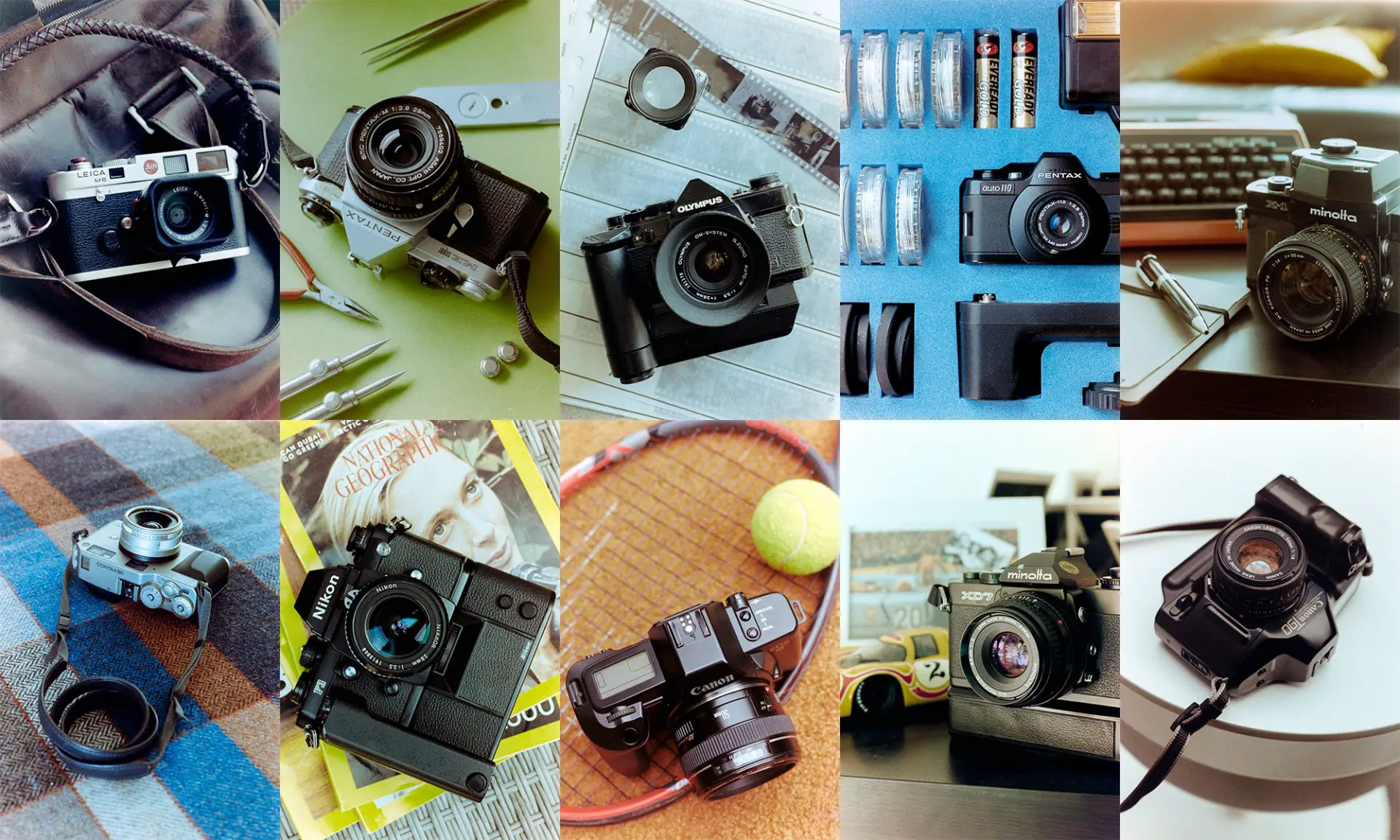








Comments
Bob Janes on My Journey Shooting 85 Analog Cameras (and Writing a Book about it) – By Christof Bircher
Comment posted: 03/06/2021
Comment posted: 03/06/2021
Comment posted: 03/06/2021
Terry B on My Journey Shooting 85 Analog Cameras (and Writing a Book about it) – By Christof Bircher
Comment posted: 03/06/2021
Comment posted: 03/06/2021
Charlie Bierwirth on My Journey Shooting 85 Analog Cameras (and Writing a Book about it) – By Christof Bircher
Comment posted: 03/06/2021
Markus L on My Journey Shooting 85 Analog Cameras (and Writing a Book about it) – By Christof Bircher
Comment posted: 03/06/2021
Eric Norris on My Journey Shooting 85 Analog Cameras (and Writing a Book about it) – By Christof Bircher
Comment posted: 03/06/2021
Des McSweeney on My Journey Shooting 85 Analog Cameras (and Writing a Book about it) – By Christof Bircher
Comment posted: 03/06/2021
Des McSweeney on My Journey Shooting 85 Analog Cameras (and Writing a Book about it) – By Christof Bircher
Comment posted: 03/06/2021
Ken Rowin on My Journey Shooting 85 Analog Cameras (and Writing a Book about it) – By Christof Bircher
Comment posted: 03/06/2021
Comment posted: 03/06/2021
davesurrey on My Journey Shooting 85 Analog Cameras (and Writing a Book about it) – By Christof Bircher
Comment posted: 04/06/2021
So I've ordered your book and will be interested in reading your opinions on the cameras we both have as well as those I dont own (yet).
From what I see you've put a great amount of work into this. Thanks for the effort.
Dave
Comment posted: 04/06/2021
Tim on My Journey Shooting 85 Analog Cameras (and Writing a Book about it) – By Christof Bircher
Comment posted: 01/07/2021
Personally, I got back into film about 6 years ago thanks to my teenage son's interest in my old XG-1. Checked it out, loaded it up and he loved it. Then, like you, I got re-started myself by finding a used camera of my youth fantasies. In my case an AE-1 and 3 lens kit for an now-reasonable $80.
At that time (~2016) there were still so many classic cameras on the market for a song. In a quest to discover the variety that was the old film world, I started getting and shooting various Nikons, Minoltas, Canons, Olympus, Yahica and Pentax. All so different. Some great, some, meh. But only one that didn't work. Then the more exotic: Wirgin, Zeiss, Robot, Miranda, Minox, Leica, Kodak, Ihagee, FED, Argus, Aries, Agfa. But 35mm isn't then end. Borrowing a friend's Kiev 66 lead me to Mamiyas, Rollei (cord, budget please :-) ) Zeiss folders. And eventually even large format Graflexes. Oh my. But so many things to learn and try. Sadly, it would bankrupt me to do it now as the prices of working examples of even the common ones is in the triple digits and the less common into the four digit range.
I look forward to reading the book and seeing how many matches we have.
Comment posted: 01/07/2021
Jens Knappe on My Journey Shooting 85 Analog Cameras (and Writing a Book about it) – By Christof Bircher
Comment posted: 15/05/2022
When i need a camera like a Leica R4, i take a Praktica B200 or BC1 from my cupboard.
Aperture priority, AE-Lock, spot- metering ( nobody knows this feature, very hidden informations in the web ), aperture and shutter shown in the finder, very reliable, very good Pentacon and Carl Zeiss Jena lenses.